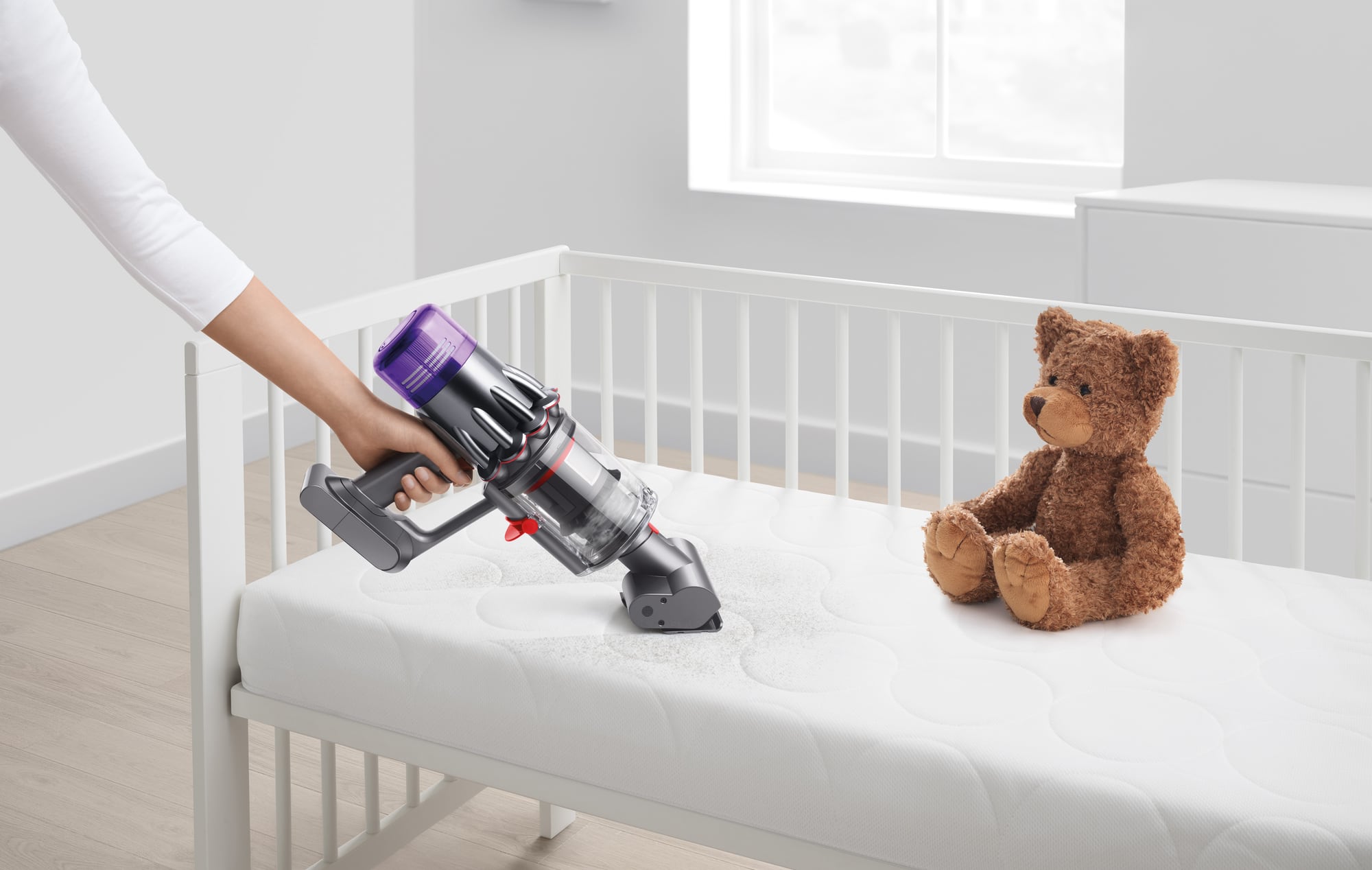We spent one-thirds of our lives sleeping, which means we spend more time on our bed than most places in our homes. Yet, mattresses are often overlooked during house cleaning.
The Dyson Global Dust Study 2022 reveals that 68% of Singaporeans do not vacuum their mattresses regularly. Commissioned by Dyson, the Global Dust Study 2022 is 15-minute online survey undertaken by 32,282 respondents across 33 countries including Singapore, South Korea, UK and US.

The study shows that while 82% of Singaporeans understand that household dust can contribute to illness, only 30% are aware that dust mite faeces can trigger allergies. A typical mattress may have around 100,000 to 10 million dust mites. And a single dust mite produces about 20 waste droppings a day. So, you can imagine how many dust mite faeces in your mattress in just one day.

Ms Joanne Kang, Dyson’s lead research scientist says: “Dead skin cells shed by humans and pets are the main source of food for dust mites. It is therefore not surprising that mattresses, where we spend the most time and where dander tends to accumulate, is a prime breeding ground for dust mites.”
She shares four common misconceptions that people have about mattress cleaning.
Myth 1: Mattresses do not need to be cleaned
Dust mites can find their way to your mattress by clinging onto your clothes, or your pet. As they feed on dead skin cells that we shed naturally, mattresses are a hot spot for the proliferation of dust mites. Not to mention, the human body emits the humidity that allows dust mites to thrive in.
Myth 2: Using mattress protectors and regular washing of bedsheets is enough
Using bedsheets and mattress protectors to cover your mattress as well as regular changing and washing of bedsheets are good ways to keep your mattress clean. But it is not enough.
Textile materials, like bedsheets and mattresses, are porous in nature. As such, dust, dead skin flakes, dust mites and other micro-organisms can still enter your mattress.
Myth 3: Steam cleaning the mattress helps to get rid of dust mites
The average mattress is between 8 to 12 inches tall. Thus, it can take up to 24 hours for a mattress to be fully dry after steam cleaning. Unfortunately, dust mites thrive in damp and dark conditions. So, a damp mattress creates a favourable environment for dust mites’ proliferation and may also result in the growth of mould.
Furthermore, with mattresses being as thick as they are, steam cleaners are unlikely to reach and kill the dust mites that have embedded deep into the mattress.
Myth 4: UV devices are effective at cleaning mattresses
As ultraviolet (UV) disinfecting systems are more easily accessible and cheaper now, consumers are using them to sterilise various household items from mobile phones to mattresses. However, studies have shown that long exposure up to one hour and close proximity are required to kill these adult dust mites effectively.
With the thickness of mattresses, the killing effect of UV exposure would be limited to the top portion of the mattress as the UV light is unable to fully penetrate through the mattress. Thus, it is not very effective in killing these dust mites.
Solution?
The solution is rather simple. You just need to use a vacuum cleaner with advanced filtration and the right accessory to vacuum your mattress.

For example, you can use the Dyson V12 Detect Slim with its fabric and mattress tool or the hair screw tool to vacuum the mattress at least once a week to ensure the dust mites and dust mite faeces are being removed. There are also other vacuum cleaners with similar accessories, such as Rainbow, that you can consider.
